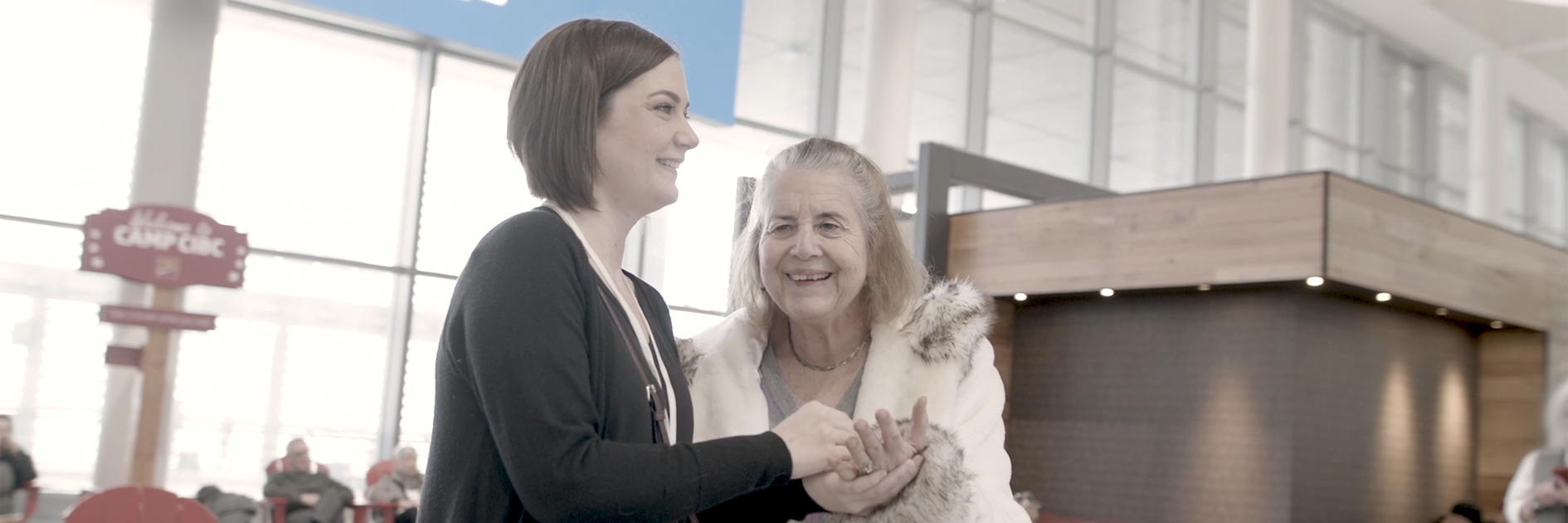
Learn about the impacts of dual sensory loss
The term Deafblindness describes a condition that “combines both hearing and vision loss”. The degree of hearing and sight loss varies from person to person.
While each individual’s experience with Deafblindness is unique, there are several key challenges that most, if not all, people who are Deafblind experience – including challenges with communication, mobility, and access to information.
With this in mind, it’s important to note that each person’s specific needs vary according to age, onset, and type of Deafblindness.

The two broad types of Deafblindness are:
- Congenital Deafblindness is a term used if a person is born with sight and hearing loss. This may be due to infections during pregnancy, premature birth, birth trauma and rare genetic conditions.
- Acquired Deafblindness is a term used if a person experiences sight and hearing loss later in life. Anyone can become Deafblind at any time through illness, accident, or as a result of aging.
Did you know?
An estimated 466,000 Canadians over the age of 15 live with some degree of dual sensory loss.

Causes of Deafblindness
There are many causes of Deafblindness, including:
- Medical complications during pregnancy and birth, including cerebral palsy
- A range of syndromes, including Usher syndrome, CHARGE syndrome, congenital rubella, and Down Syndrome
- Premature birth
- Illness and accidents
- Sensory loss as a result of aging
Common Misconceptions
Many misconceptions exist about the Deafblind community. When you think of the word “Deafblind”, you probably imagine a world of total darkness and a complete lack of sound. In fact, most people who are Deafblind usually have some degree of vision or hearing.